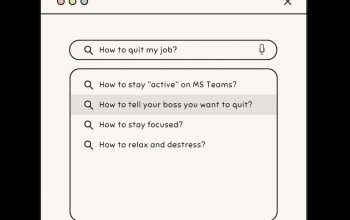Photo Credit: Poster by J. Howard Miller
To combat the consequences of propaganda, we need to promote critical thinking and media literacy.
Aadya Jha, Contributor
For a very long time, propaganda has been repeatedly mistaken for information. While information is objective, accurate, and lacks an inherent bias, propaganda is the use of information to manipulate and advance a specific agenda. Both involve communication, but propaganda always aims to influence, while information, in theory, prioritizes transparency and comprehension. The distinction lies in their intent and ethical commitment to presenting comprehensive and truthful facts versus a strategic effort to shape beliefs for a particular purpose.
Throughout history, governments have often made emotional appeals and presented facts selectively to sway public perception. During World War II, both Allied and Axis powers relied on extensive propaganda. The Nazis propaganda, led by Joseph Goebbels, used it to promote anti-Semitic ideologies through posters and films like “The Eternal Jew.” In the United States, the government printed posters to boost patriotism and encourage war efforts, exemplified by the iconic “Uncle Sam Wants You” posters. Cold War tensions too saw propaganda on both sides, with the anti-communist campaigns of McCarthyism in the U.S. and the Soviet Union under Stalin glorifying the state and suppressing dissent. Propaganda has served as a powerful tool to suit people’s interests.
In modern times, with social media, it has grown tenfold. Social media has facilitated the spreading of information but has also made the dissemination of propaganda easier. Social media platforms amplify content based on user engagement, creating echo chambers where individuals are exposed to information that aligns with their existing beliefs. This overstimulation, driven by algorithms prioritizing sensational content, contributes to the viral spread of emotionally charged messages.
Moreover, the brevity of social media posts often oversimplifies complex issues, making it challenging to convey nuanced information. This simplification, combined with the speed at which information is shared, blurs the line between propaganda and information. The lack of editorial oversight and the prevalence of user-generated content further complicates the ability to discern between biased messaging and factual reporting, creating a landscape where misinformation and propaganda thrive.
To combat the consequences of propaganda, we need to promote critical thinking and media literacy. It is important to evaluate sources, fact-check information, and discern bias when consuming any form of media. Diverse perspectives and open dialogue should be allowed to cultivate a well-rounded worldview. We need to encourage youth to adopt a questioning mindset, challenge narratives, and think independently. Young people should be empowered enough to navigate the information landscape responsibly and resist the influence of propaganda. Only an aware youth can create a peaceful space where multiple perspectives coexist.




